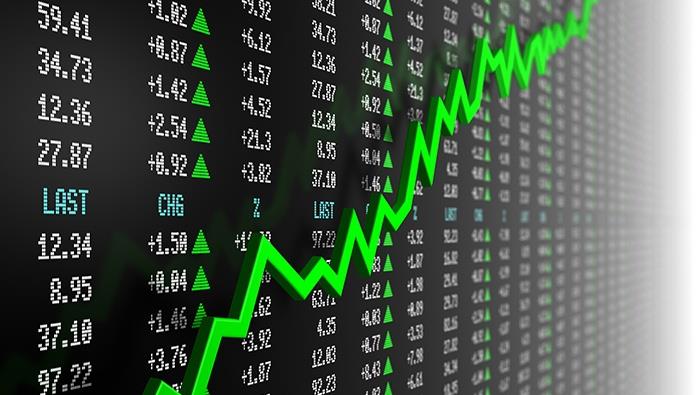
Supply and Demand vs Support and Resistance
(MENAFN- DailyFX) - Reviewed by James Stanley, Nov. 24, 2021
Supply and demand and support and resistance have a lot of similarities, but the aim of this page is to distinguish the two and identify how you can use support and resistance to trade supply and demand.
The differences between supply and demand vs support and resistanceSupport and resistance is a level where traders see a lot of failed attempts at which price cannot surpass - this idea is familiar to most traders.Supply and demand is a much deeper zone which represents regions of key price levels of broad support and resistance.
| Supply and Demand | Support and Resistance |
| Represented by a broad price region | Defined by a key price level |
| Easier to find trade entries | More difficult to base trade decisions |
Trading Supply and Demand
The first thing traders need to do before placing a trade based on supply and demand is to decide whether the environment is expected to stay the same or to rapidly change. This can be assessed by market volatility measures such as significant political strife or economic news. This is the dichotomy between the decision to trade for a range or trade for a breakout.
Trading the Range
When trading a range, traders are anticipating the environment to stay about the same; with support or resistance standing its ground allowing for traders to 'buy low,' and 'sell high'. The chart below illustrates how a trader can use price alone to identify those points in the market at which demand begins to outstrip supply (creating increased prices) or supply begins to overrun demand (creating decreased prices).
Trading the range with a GBP/USD chart
Trading the Breakout
The other side of the coin is the trader that is expecting the environment to change, with breaks of support or resistance to create new highs or new lows.
With this style, the trader's objective changes from the range-bound condition. The goal is now to 'buy high, and sell back at a higher price,' or to 'sell low and buy back to cover at a lower price.'
Trading the breakout with a EUR/USD chart
Since these environments can be considerably more chaotic than what might be expected in 'ranging' markets, traders are usually best served by altering the risk management condition to account for the increased risk of trading in a rapid market. For more information, read our guide to forex risk management techniques .
Read more on support and resistance and supply and demand- Broaden your understanding of supply and demand zones with our exploratory article on the forces of supply and demand .
- Take a look at how traders use support and resistance in trading the financial markets.

Legal Disclaimer:
MENAFN provides the
information “as is” without warranty of any kind. We do not accept
any responsibility or liability for the accuracy, content, images,
videos, licenses, completeness, legality, or reliability of the information
contained in this article. If you have any complaints or copyright
issues related to this article, kindly contact the provider above.
Most popular stories
Market Research

- PU Prime Launches Halloween Giveaway: Iphones, Watches & Cash Await
- Ozzy Tyres Grows Their Monsta Terrain Gripper Tyres Performing In Australian Summers
- Edgen Launches Multi‐Agent Intelligence Upgrade To Unify Crypto And Equity Analysis
- Zeni.Ai Launches First AI-Powered Rewards Business Debit Card
- M2 Capital Announces $21 Million Investment In AVAX Digital Asset Treasury, AVAX One
- Tria Raises $12M To Be The Leading Self-Custodial Neobank And Payments Infrastructure For Humans And AI.


















Comments
No comment